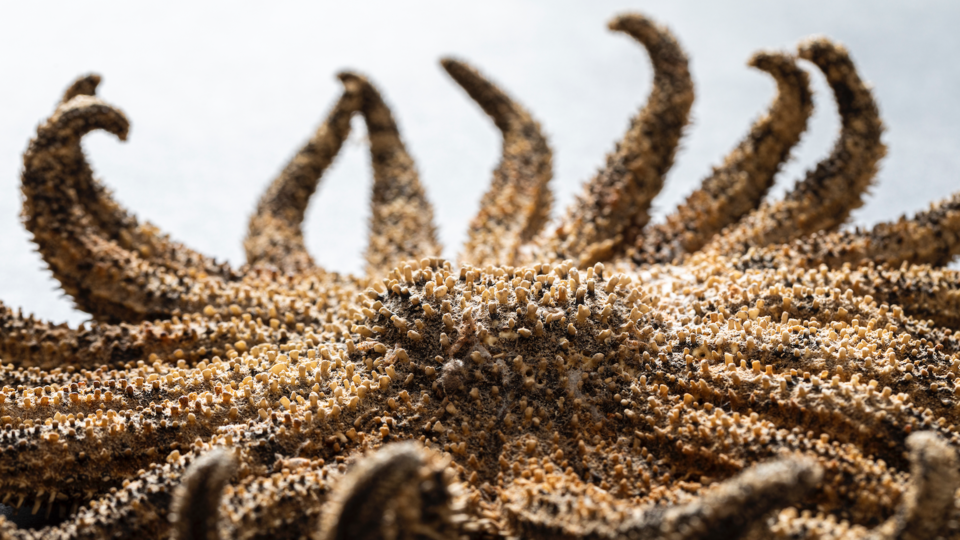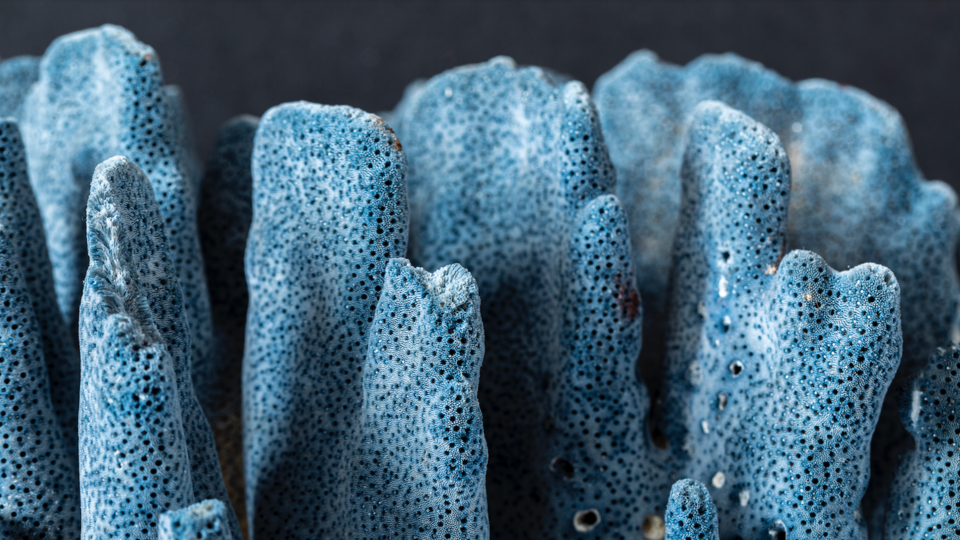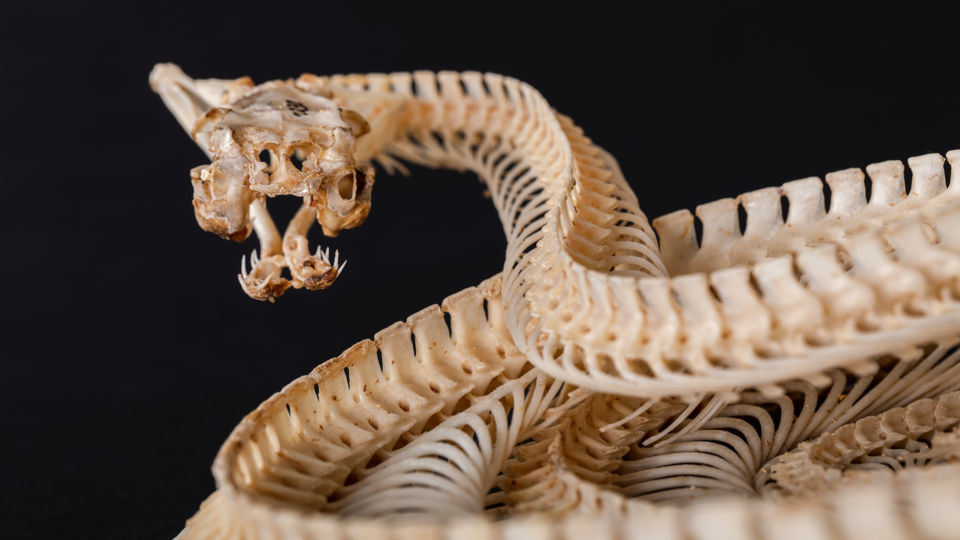Exhibition marks the opening of new Pauline and Tom Tusher Collections Gallery, specially designed to showcase delicate specimens, many for the first time
SAN FRANCISCO, CA (April 18, 2022)— On May 27, 2022, the California Academy of Sciences in Golden Gate Park will debut Hidden Wonders: Inside the Academy’s Collections, the inaugural exhibition in the newly created Pauline and Tom Tusher Collections Gallery. From the microscopic to the massive, Hidden Wonders takes visitors on a tour of some of the standout specimens from the Academy’s extensive, 46-million-object scientific holdings, many of which can be safely displayed publicly for the first time thanks to the creation of the custom gallery.
The Academy is known for its beautiful, natural light-filled spaces and LEED-certified building with natural heating and cooling, yet agents of deterioration such as UV light, fluctuating temperatures, and shifting humidity can harm the integrity of delicate research specimens. Accordingly, only a portion of the Academy’s prolific scientific collections have been able to be displayed in the museum’s public spaces. To showcase a wider array of the collections, the Academy created the Pauline and Tom Tusher Collections Gallery, a custom designed light- and climate-controlled space that provides the appropriate environmental conditions to safely display research specimens previously secured in behind-the-scenes storage. The jewel-box gallery features cool temperatures, dramatic lighting, new conservation-grade cases, and specialized infrastructure that will keep gallery conditions stable.
“The Academy’s scientists partner with communities around the globe, studying and collecting specimens and data that help us understand life on our planet and develop collaborative solutions to our most pressing ecological challenges. As the world around us continues to change and scientific collecting and research techniques evolve, the Academy’s growing library of life is an irreplaceable source of insights about the natural world,” says Shannon Bennett, Chief of Science. “Hidden Wonders is the first time we can share some of these invaluable specimens and their stories with the public, and how the wealth of information contained in collections guides research, drives scientific discovery, and gives us valuable insights into how best to conserve and regenerate the natural world.”
The first exhibition to be shown in the new gallery space, Hidden Wonders: Inside the Academy’s Collections offers viewers the opportunity to dive into the Academy’s scientific collections, veritable “hidden wonders” that propel scientific discoveries about Earth’s history and biodiversity and inform stewardship for a healthy future. With nearly 800 objects representing all eleven of the Academy’s research collection disciplines, the exhibition features: a giant Galápagos tortoise, a fossilized saber-tooth cat collected from the La Brea Tar Pits, a rare hand-painted Audubon folio, Quechan ceramic figurines that survived the 1906 San Francisco earthquake and fire, and more.
Viewers will have the opportunity to see some extraordinary specimens on public display for the first time, including a vibrant blue coral collected near the Marshall Islands shortly before nuclear bomb testing destroyed the reef; a 24-rayed sunstar from the Galápagos that hasn’t been seen in the wild since 1983; and a new-to-science species recently described by Academy researchers, the Lago Izabel tree scorpion. Visitors can engage their senses with a touchable ancient ammonite fossil and 3D-printed models, and listen to audio recordings of bird songs collected to chart changing biodiversity. The learning continues with information and detailed views of the objects on display viewable for free both inside and outside of the gallery on mobile devices.
Hidden Wonders gives audiences an insider’s view into why scientists and museums collect, how collections are used, and the ways collecting and research methods have changed over time. Visitors can follow a specimen’s life history—from field observation to laboratory analysis to preservation and storage—to see firsthand how collections are built. Each precious object in the Academy’s scientific collection holds a wealth of information that is valuable in different ways to a variety of researchers. By showing one specimen across various media, from a scientific illustration to fossil to skeleton and tissue sample, Hidden Wonders highlights the varied forms a specimen can take when collected and the critical data contained in each unique format.
Viewers will get a glimpse of some of the cutting-edge tools used to gather, study, and care for specimens, and learn about the scientific and technological advances that enable us to access new data, such as DNA, from specimens collected even hundreds of years ago. Audiences will come away with a deeper appreciation of how much we still have to learn from collections, impressions of some of the remarkable specimens in the Academy’s expansive collections, and an understanding of the importance of maintaining these invaluable scientific resources for future generations.
The California Academy of Sciences is a renowned scientific and educational institution with a mission to regenerate the natural world through science, learning, and collaboration. Based in San Francisco’s Golden Gate Park, it is home to a world-class aquarium, planetarium, and natural history museum, as well as innovative programs in biodiversity science, environmental learning, and collaborative engagement—all under one living roof. Museum hours are 9:30 am – 5:00 pm Monday – Saturday, and 11:00 am – 5:00 pm on Sunday. Admission includes all exhibits, programs, and shows. For daily ticket prices, please visit www.calacademy.org or call (415) 379-8000 for more information.
Press Contacts
If you are a journalist and would like to receive Academy press releases please contact press@calacademy.org.
Digital Assets
Hi-res and low-res image downloads are available for editorial use. Contact us at press@calacademy.org to request access.




